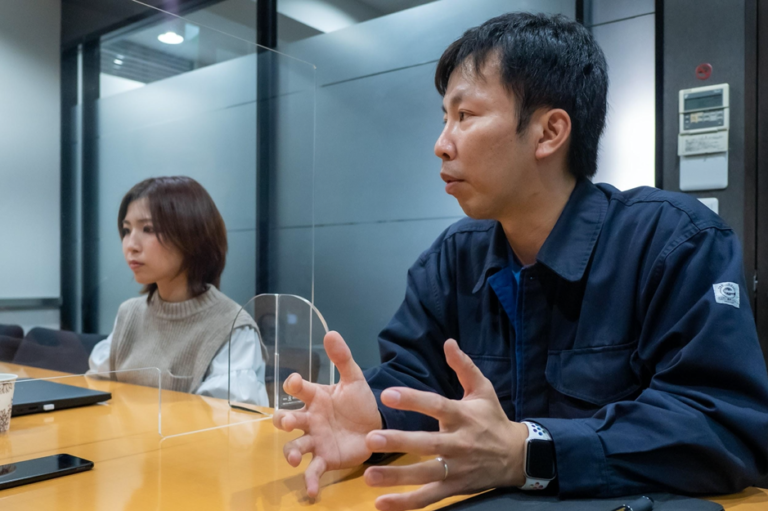We recently held a virtual workshop with three 360-degree photography experts Sam Rohn, Mic Ty, and Clay Morehead, to uncover their secrets for successful 360-degree photography and editing using our flagship model, RICOH THETA Z1, and the newest camera to join the THETA series, THETA X.
Missed the workshop? Check out the recap and video below to learn more about how to capture immersive, 360 degree photos like these examples from Mic and Clay. Gather tips and insights on shooting in various environments with THETA, whether that’s indoors at a restaurant or outdoors in direct sunlight.
Photo by Mic Ty : THETA Z1 HDR-DNG edited.
Favorite feature of the THETA X
Sam, Mic, and Clay expressed their favorite features of RICOH THETA’s new 360-degree camera, the THETA X, which they have been testing over the past few months. Sam enjoyed the added touchscreen display, finding it very useful and effortless in the field when settings need to be changed frequently, as well as how you can now change the timer settings directly on the camera instead of your smartphone. As for Mic, he was impressed with the video capabilities and the in-camera stitching with stabilization features.
Photo by Clay Morehead : THETA X
Clay enjoys how most of the plug-ins that are required for the THETA Z1 are built into the THETA X, as Time Shift mode, making it much easier to use. He cannot wait to travel with his X and capture high quality 360-degree content with ease.


Recommended tips for shooting with the THETA X
Sam enjoys shooting in auto mode with THETA X and recommends using auto exposure, single normal mode, and HDR mode for a static situation. If you are looking for a ghosting effect in your image, shoot a moving scene with HDR. Sam shared that it is also essential to judge the light to know what exposure level is best to shoot at.

Mic gave tips on how to not appear in your 360-degree photo by using a monopod or a light stand and activate self-timer mode. Clay prefers shooting with the THETA X during dawn and dusk, crowd scenes, and for photojournalism.

Editing and shooting tips with the THETA Z1
Clay shared a few editing tips, including DNG editing step by step.
1. Increase your shadows, decrease highlights, and increase your saturation.
2. Apply masking.
3. Sharpen and add masking to adjust the blur and sharpness of a specific area.
4. Camera reduction off.

Clay also recommended not using the HDR in situations where people are moving a lot, to never sharpen an image without noise reduction, and to merge to HDR in lightroom during the editing process.
Image taken and edited using Clay’s tips
Photo by Clay Morehead : THETA Z1 DNG edited
Mic added that the best way for reducing noise in a photo is the dual fisheye plug-in and explained that the HDR DNG shoots several photos and merges within the camera so there’s no additional software necessary.
Be on the lookout in May — the THETA Z1 will receive a firmware update including auto exposure bracketing, dual fisheye raw plug in, and burst bracketing mode.
If you missed the event or want to learn more be sure to watch the virtual workshop here:
<Virtual workshop video>
Be sure to follow us on Instagram, Facebook, Twitter, YouTube, and LinkedIn to tune into our next RICOH THETA workshop!




.jpg)


.svg)




